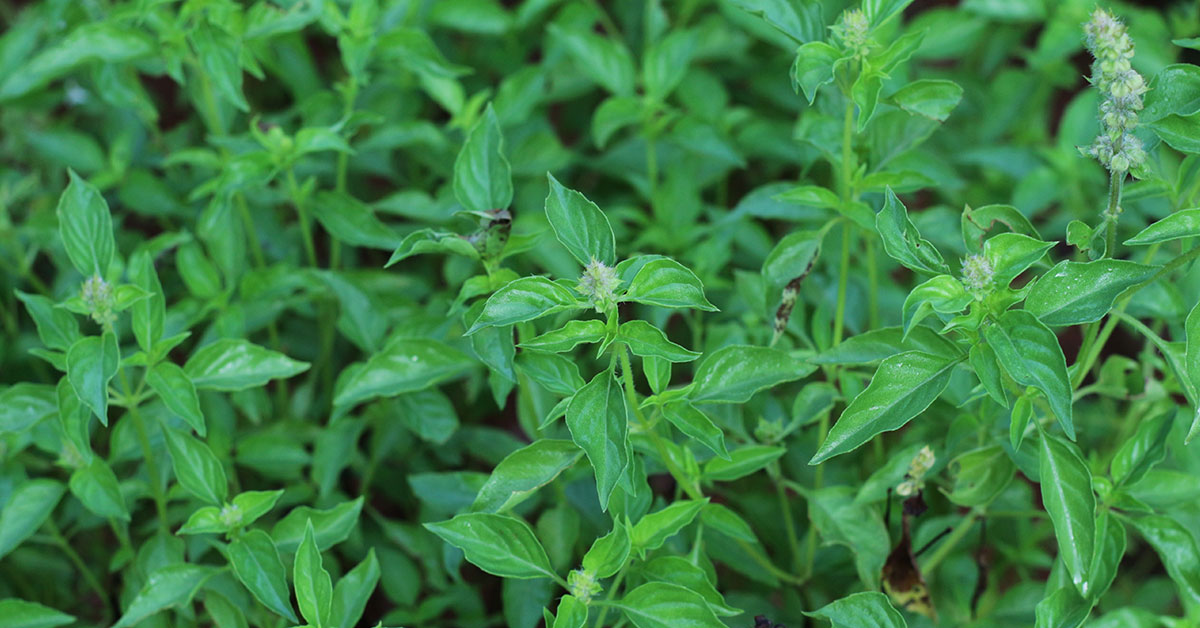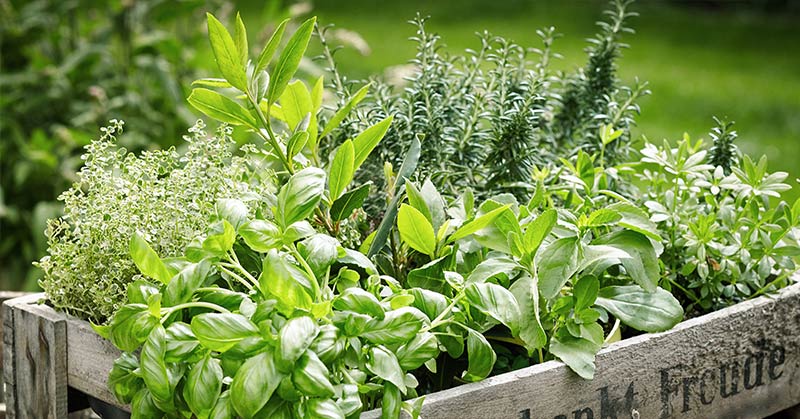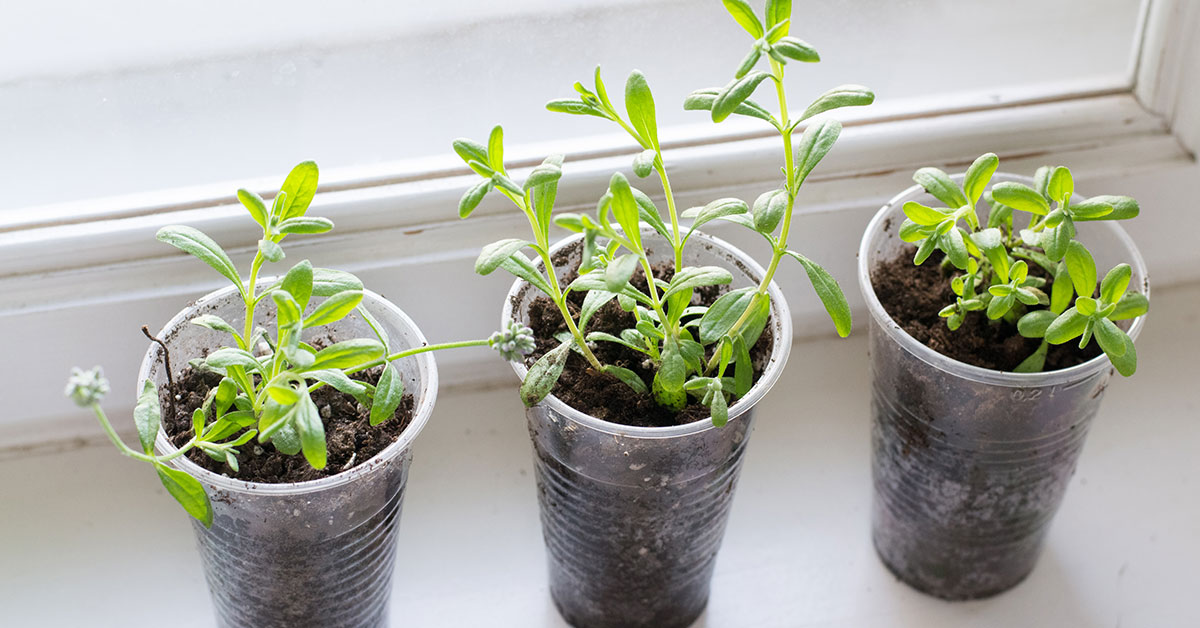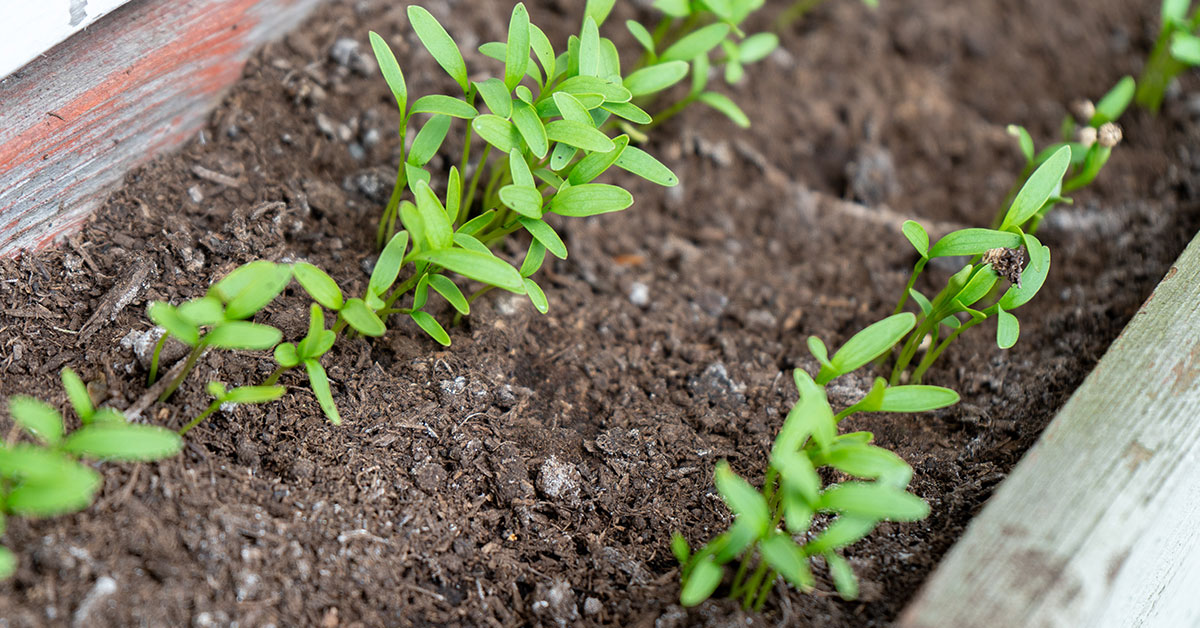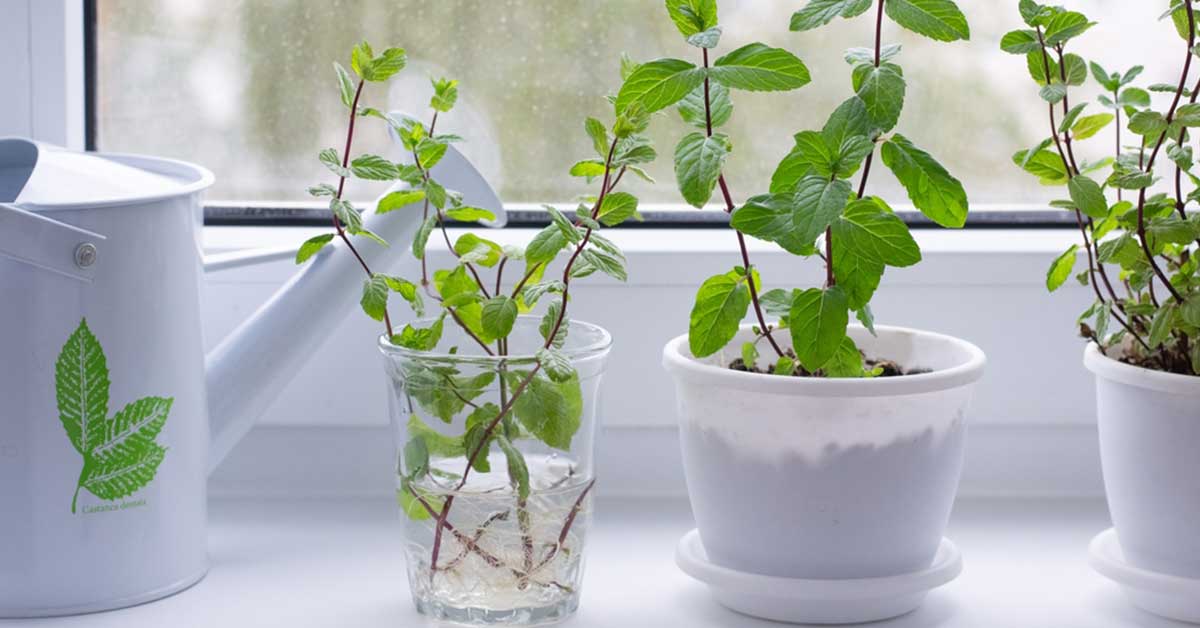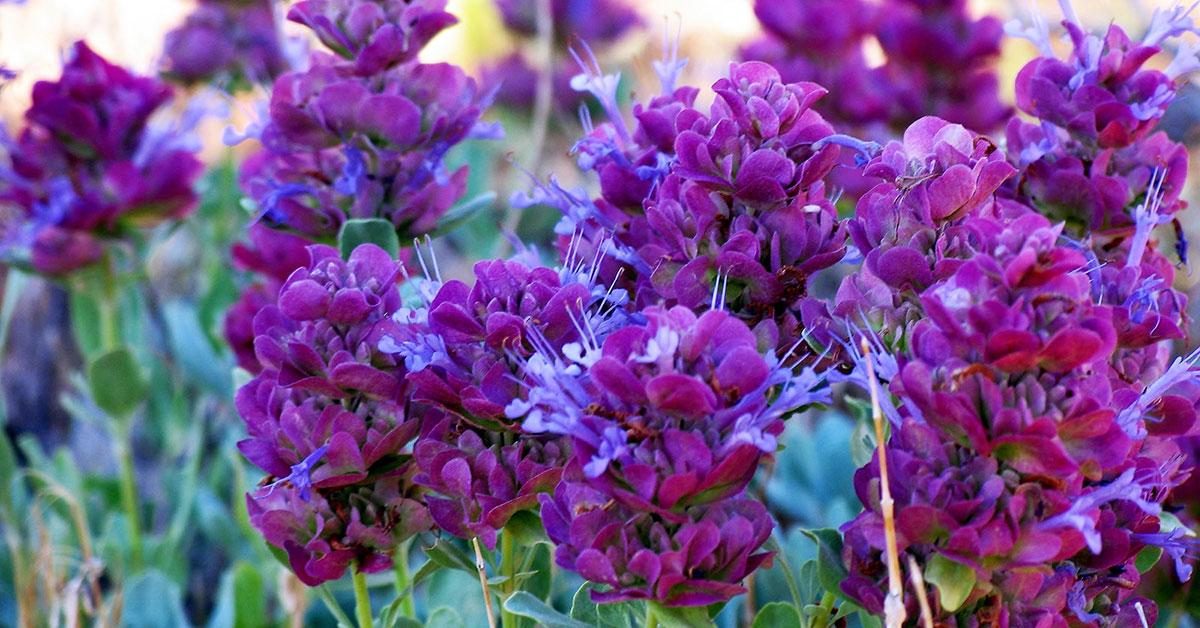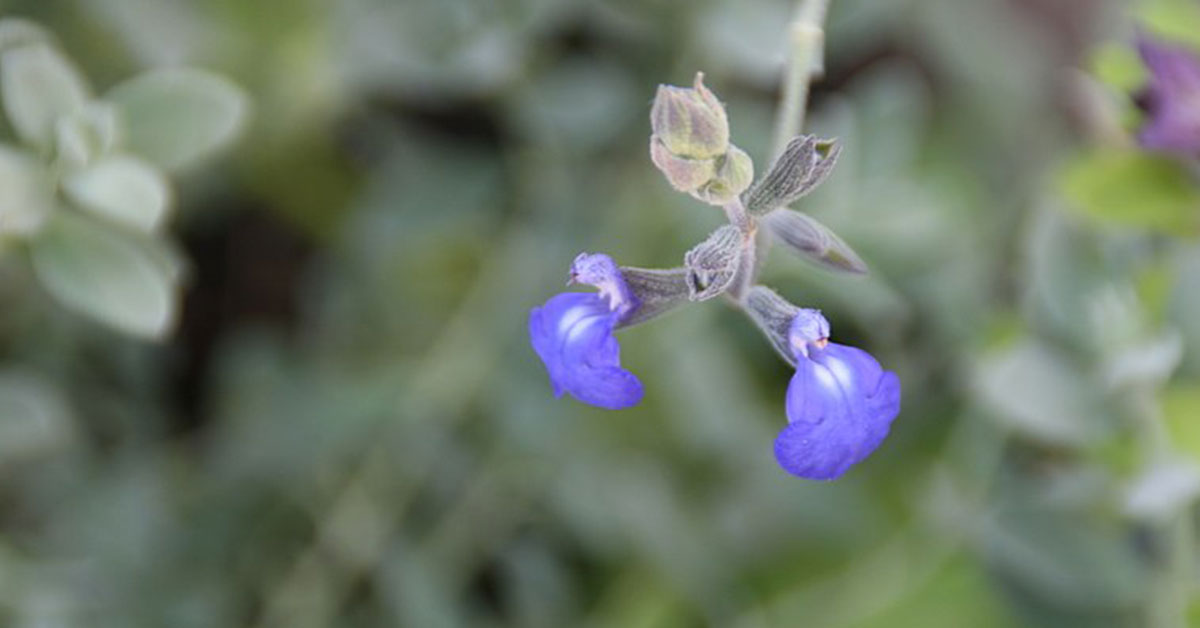Lime basil (Ocimum americanum) is a unique and flavorful herb that is gaining popularity in the culinary world. This zesty herb, also known as Thai basil, has a distinct citrusy aroma and a spicy, peppery taste that is perfect for adding depth and complexity to a variety of dishes. Whether you are a professional chef or a home cook, this herb is a versatile ingredient that can elevate your cooking to new heights. In this blog post, we will explore the history, health benefits, and culinary uses of lime basil, as well as provide some delicious recipes for you to try. Get ready to discover the amazing world of lime basil!
What is a Lime Basil?
If you’re a fan of fresh and zesty flavors, you are in for a treat with lime basil. This aromatic herb is a cross between two different types of basil plants, the sweet basil and the African basil. The result is a herb with a unique combination of flavors that is both refreshing and tangy.
Lime basil is a popular ingredient in many dishes and drinks, but it is not as well-known as some of the other herbs. In this blog post, we’ll explore what this herb is, where it comes from, and how to use it in your cooking.
What is lime basil?
As the name suggests, lime basil is a variety of basil that has a distinct lime-like flavor. It has a bright green color and a unique aroma that is both sweet and tangy. This herb is native to India but is now grown in many parts of the world.
Lime basil is easy to grow and can be grown in pots or in the ground. It thrives in warm weather and requires regular watering. The leaves can be harvested as soon as the plant is established, and they can be used fresh or dried.
One of the reasons why this herb is so popular is because of its versatility. It can be used in a variety of dishes, from salads to soups to drinks. It pairs well with other herbs like mint, cilantro, and parsley, making it a great addition to any herb garden.
What makes Lime Basil different from other varieties?
Lime Basil, also known as Lime Basil Ocimum americanum, is a basil variety that stands out due to its distinct aroma and flavor, reminiscent of fresh lime. Here are a few characteristics that differentiate this variety from other basil varieties:
Fragrance: The most notable characteristic of Lime Basil is its intense citrusy fragrance, resembling the aroma of fresh limes. When the leaves are crushed or brushed, they release a strong and refreshing lime scent. This unique fragrance sets this herb apart from other basil varieties, which typically have a more herbaceous or sweet aroma.
Flavor: Lime Basil offers a tangy and zesty flavor with a pronounced lime essence. The leaves have a subtle sweetness accompanied by a citrus kick, making it an excellent choice for adding a refreshing twist to culinary creations. The flavor profile of this herb pairs well with both sweet and savory dishes, adding brightness and a citrusy note.
Leaf Appearance: Lime Basil leaves are medium to large in size and have a vibrant green color. They are generally broader and more rounded compared to other basil varieties. The leaves may have a slightly glossy texture, enhancing their visual appeal.
Culinary Uses: this herb is highly valued for its culinary applications, particularly in Southeast Asian cuisines such as Thai and Vietnamese. Its distinctive lime flavor makes it an excellent addition to dishes like curries, stir-fries, salads, seafood preparations, and beverages. Lime Basil can also be used to infuse oils, vinegar, or water for an aromatic twist.
It’s important to note that this herb may have variations in flavor intensity and fragrance based on factors like growing conditions, harvesting time, and individual plant characteristics.
Where do you grow Lime Basil?
Lime Basil is a popular herb that is known for its refreshing aroma and citrusy taste. It is easy to grow and can be used in a variety of dishes, making it a great addition to any herb garden. In this section, we will discuss how to grow Lime Basil.
- Choose the right location: It prefers a sunny location with well-draining soil. It is important to choose a spot that receives at least 6 hours of direct sunlight per day.
- Prepare the soil: Before planting, it is important to prepare the soil. Mix compost or well-rotted manure into the soil to improve its fertility and drainage.
- Plant the seeds: This herb can be grown from either seeds or cuttings. If you are planting seeds, sow them directly into the soil after the last frost date. Sow the seeds at a depth of ¼ inch and keep the soil moist until the seeds germinate.
- Water regularly: Lime Basil requires regular watering to thrive. Water the plants deeply once a week, or more often if the soil is dry.
- Provide support: As Lime Basil grows, it may need support to prevent it from falling over. You can use stakes or cages to support the plants.
- Harvesting: This herb can be harvested once the plant has reached a height of 6-8 inches. Harvest the leaves by pinching them off with your fingers or using scissors. Regular harvesting will encourage the plant to produce more leaves.
By following these simple steps, you can grow your own Lime Basil and enjoy its delicious flavor in your favorite dishes.
Other tips for growing
Lime basil is a popular herb that is known for its unique flavor and fragrance. It is easy to grow and can be used in a variety of dishes, making it a must-have for any herb garden. In addition to the basics of growing this herb, there are some additional tips that can help you get the most out of your plants. Here are some other tips for growing lime basil:
- Soil and Water: Lime basil thrives in well-drained soil that is rich in organic matter. Make sure to water your plants regularly, but avoid overwatering, as this can lead to root rot. It is also a good idea to mulch around the plants to help retain moisture and keep the soil cool.
- Sunlight: This herb needs plenty of sunlight to grow. Make sure to plant your basil in an area that receives at least six hours of direct sunlight each day. If you are growing your basil indoors, place it near a south-facing window to ensure it gets enough light.
- Pruning: Regular pruning of your lime basil plants will help to promote bushier growth and a higher yield. Pinch off the tips of the plant regularly to encourage branching and remove any flowers that appear, as these can cause the plant to become woody and less flavorful.
- Harvesting: You can harvest leaves as soon as they are large enough to use. Simply snip off the leaves with a pair of scissors or pinch them off with your fingers. Be sure to harvest the leaves regularly to encourage new growth.
- Pests and Diseases: It is generally resistant to pests and diseases, but it is still important to keep an eye out for any signs of trouble. Aphids, spider mites, and whiteflies can all be a problem, as can fungal diseases like powdery mildew. If you notice any issues, treat them promptly with an organic pesticide or fungicide.
By following these tips for growing lime basil, you can enjoy a bountiful harvest of this delicious and fragrant herb. Whether you use it in salads, sauces, or teas, this herb is a versatile and flavorful addition to any kitchen.
Common problems with growing Lime Basil
Lime basil is a popular herb that is easy to grow and has a refreshing citrusy aroma. However, like any other plant, it can have some problems that may affect its growth and health. Here are some common problems that you may encounter when growing lime basil:
- Pests: It is susceptible to pests such as aphids, spider mites, and whiteflies. These pests can damage the leaves, stunt the growth of the plant, and spread diseases. To prevent pest infestations, you can use insecticidal soap or neem oil spray.
- Fungal diseases: This herb can be affected by fungal diseases such as powdery mildew, downy mildew, and root rot. These diseases are often caused by overwatering, poor air circulation, and high humidity. To prevent fungal diseases, make sure to water the plant only when the soil is dry to the touch, and provide good air circulation by placing the plant in a well-ventilated area.
- Soil pH: Lime basil prefers slightly acidic soil with a pH of 6.0 to 7.0. If the soil pH is too high or too low, the plant may not be able to absorb essential nutrients, leading to stunted growth and yellowing leaves. You can test the soil pH using a soil pH meter or a soil test kit, and adjust the pH level by adding lime or sulfur.
- Temperature: This herb is a warm-weather plant that thrives in temperatures between 70°F to 85°F. If the temperature drops below 60°F, the plant may stop growing or even die. To protect the plant from cold temperatures, you can cover it with a frost cloth or move it indoors.
By being aware of these common problems, you can take the necessary steps to ensure that your plant grows healthy and strong. With proper care and attention, you can enjoy the delicious aroma and flavor of lime basil in your favorite recipes.
Uses for Lime Basil
Lime Basil is a versatile herb that can be used in a variety of ways to enhance the flavor of your dishes. Here are some of the most popular uses for Lime Basil:
- Culinary Uses: It is commonly used in Southeast Asian cuisines such as Thai, Vietnamese, and Indonesian. It adds a citrusy, sweet, and slightly spicy flavor to dishes like salads, stir-fries, curries, and soups. You can also use it to make infused oils, vinegars, and syrups.
- Tea Infusion: It is an excellent herb for making teas. It’s easy to make a refreshing and flavorful tea by steeping fresh or dried Lime Basil leaves in hot water for a few minutes. You can also mix this herb with other herbs like mint or lemongrass for added flavor.
- Aromatherapy: This herb is known for its uplifting and energizing properties. You can use Lime Basil essential oil in aromatherapy by adding a few drops to a diffuser or inhaling it directly from the bottle. It’s also a popular ingredient in natural perfumes and soaps.
- Medicinal Uses: This herb has been used in traditional medicine for its anti-inflammatory, antibacterial, and antioxidant properties. It may help to alleviate digestive issues, reduce stress and anxiety, and improve respiratory health.
In summary, Lime Basil is a versatile herb that can be used in a variety of ways. It adds a unique flavor to dishes, can be used to make tea, has aromatherapy benefits, and may have medicinal properties.
